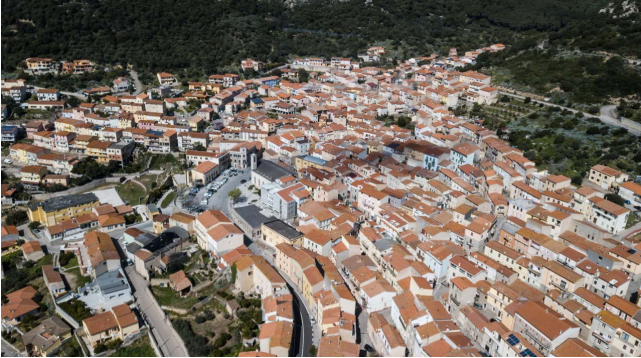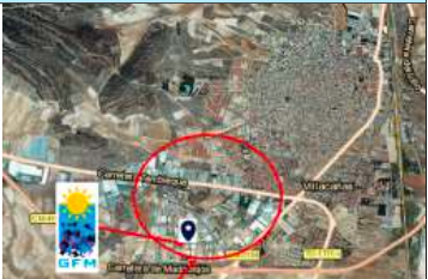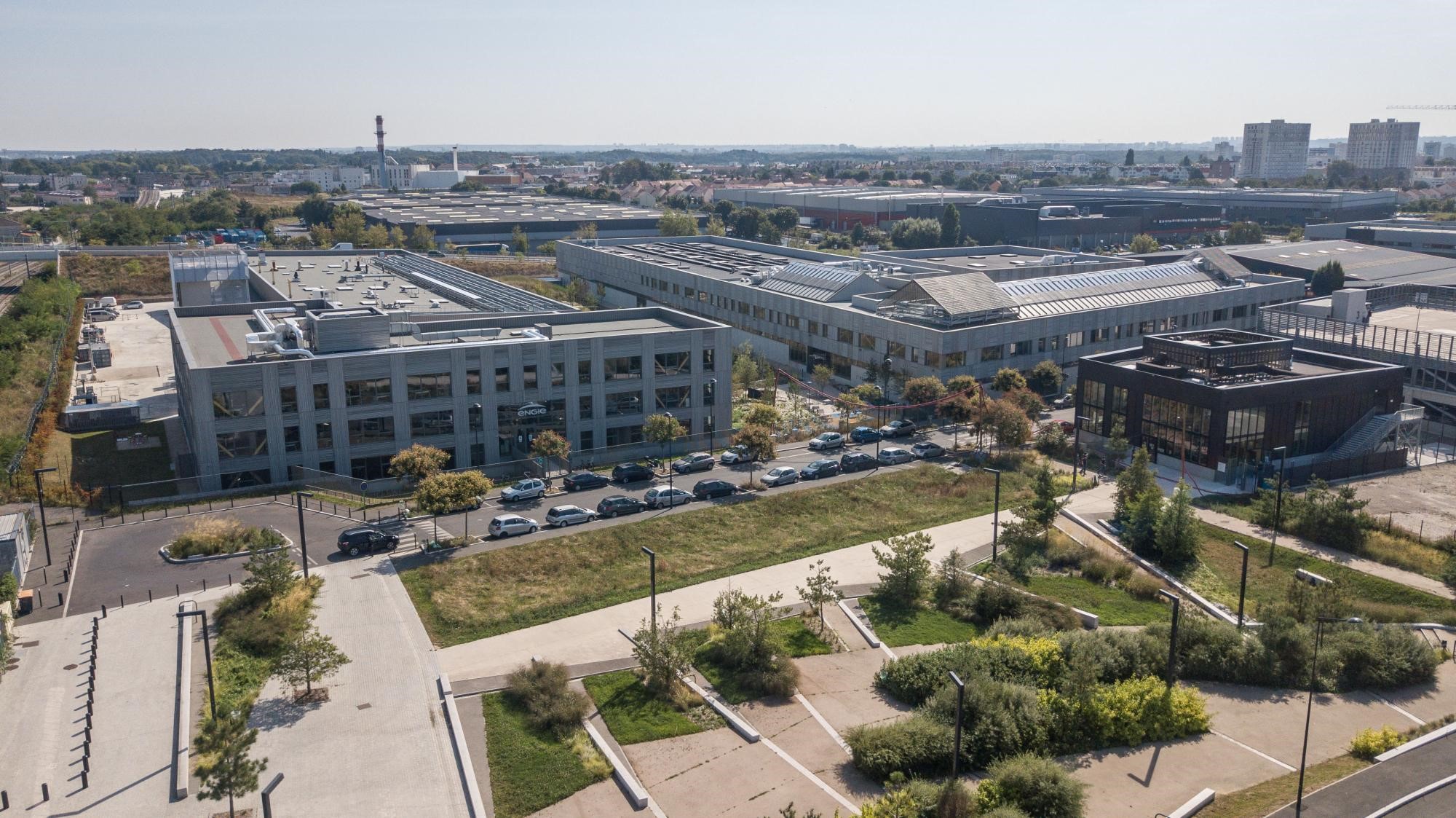Our pilot sites
Four citizen energy communities (CECs), will serve as early adopters. They were preselected to test NEON service concepts and business models.
CEC 1 - BERCHIDDA (ITALY)
Located on the southern slopes of Mount Limbara, in the north of Sardinia Island, Berchidda is a village with 3,000 inhabitants.
Berchidda has Neoclassical and Art Nouveau houses positioned in a “crescent” shape town. The land covers approx. 201km2, and is located at an average altitude of 300m. The anthropic structures, vegetation, and climatic conditions are typical for the inland areas of Sardinia, with average temperatures of 15°C.
The demo community consists of residential and public buildings (e.g., municipality, school, recreation center).
There are 67 private PV systems (608kWp in total) and energy production of about 820MWh (14% RES share). In addition, there are 3 municipal (220kWp) and 2 industrial (130kWp) PV plants. Among residential buildings, 6 PV systems are active, but there are additional 30 buildings that entered the PV commissioning process.
The municipality serves as the electricity distributor (DSO) in the form of AEC (Municipal Electricity Company). The MV/LV supply points from “Acquirente Unico” (owned by GSE SpA) purchase the electricity. The AEC manages 25 power substations, with power transformers (100-500kVA), operating approx. 5000kVA of total installed apparent power.
- 400 buildings will be monitored with smart power meters for total consumption (15min/hourly data).
- Additional smart metering is envisioned under the EPC model to disaggregate the energy loads with the home deployment automation devices to enable demand adjustments.
- To reduce even more the expenses of DHW, NEON will consider a new solar thermal system and offer an EV charging point (public and residential) through the prepaid energy service.
- NEON services will be deployed on top of the collected energy data and perform the building-level optimization to ensure energy and non-energy benefits.
- To unlock the flexibility potential under P4P schemes NEON project will undertake optimal control actions; and will consider individual AC split systems utilized for heating/cooling purposes in residential households.

CEC 2 - POLÍGONO INDUSTRIAL LAS CABEZAS (SPAIN)
Located in a town Villacañas (Toledo) about 100km from Madrid.
Traditionally it has maintained an important industrial development linked to the agro-food industry and the construction of wooden doors, with exports all over the world.
Five industrial facilities/buildings of the industrial park Las Cabezas (three companies manufacturing wood doors, one cheese company, and one catering company) and ten preselected residential houses (another ten more homes will engage during the project) compose the citizen energy community.
GFM is a company based in the industrial area, specializing in RES installation and maintenance, mainly photovoltaic.
GFM has PV installations on its building’s rooftops with a power of 64 kW for self-consumption and 400 kW for integration into the network.
In total, 560 kW of electricity production is available. In addition, the demo site has a 30kWp wind turbine, 3 EV chargers (90kW fast, 2×7.4kW allowing V2G/V2B), and a 40kWh lead-acid battery (OPzV).
The generated electricity will be used for self-consumption while selling the excess energy to the grid.
- Taking advantage of the optimal scheduling of energy assets, NEON will create a virtual power plant (VPP) by linking all existing renewable power plants at a single point so that the demonstration site will behave as a single grid.
- GFM partner will assume the energy provider role, and ESCo, engaged in service delivery. For transactions and energy exchange between producers will consider Peer to Peer (P2P) trading.
- The business models will include dynamic pricing schemes (only a ToU tariffing at the moment) designed on top of the distributed energy resource management programs (e.g., integrating EV charging). As part of the underlying business models and operational strategies, NEON will consider upgrading the storage capacities or building improvements (e.g., wall insulation).
- As a result, NEON will enable cheaper energy for the local community, improve the impact on the environment, reduce interruptions due to peak demand in the network and offer greater flexibility to the grid.

CEC 3 - STAINS CITY (FRANCE)
Stains is a France territorial collectivity in the Ile-de-France region, Seine-Saint-Denis department, in the Saint-Denis district.
The area has a program of industrial tourism around Paris, workshop visits, laboratory visits, open doors in factories, and visits around art and creation in the Plaine Commune territory.
There is a real estate complex for office, business, parking use, and services (catering, retail, hotel).
The complex locates on two plots; one area (of 29,185m²) for business establishments and another (5,330m²) for services and parking areas.
The building meets the requirements of the E+C- French label due to the concept of digital BIM.
Gas absorption HPs and reversible chillers ensure low heating and air conditioning.
Heat recovery is provided on AHUs using a plate exchanger. The heating room is transformed into a living lab thanks to the bypass installation on the primary network of innovative technologies for performance tests, e.g., fuel cells (natural gas and hydrogen).
The ventilation flow is controlled-based on occupancy. The innovative technologies on the roof are: last generation PV (minimum 30m²), H2 panel thanks to solar electrolysis (15m²), and solar thermal panel (10m²).
- The local production will compensate for the electricity and thermal consumption of the demo site.
- The H2 production (from the H2 panels) will be stored and used thanks to the fuel cells.
- The office building of the ENGIE lab CRIGEN will be a part of the wider citizen energy communities.
- After the first design phase, the neighbors with photovoltaic potential are already part of the energy community.
- The excess electricity from PVs will be distributed to the neighborhood or exchanged with the grid.
